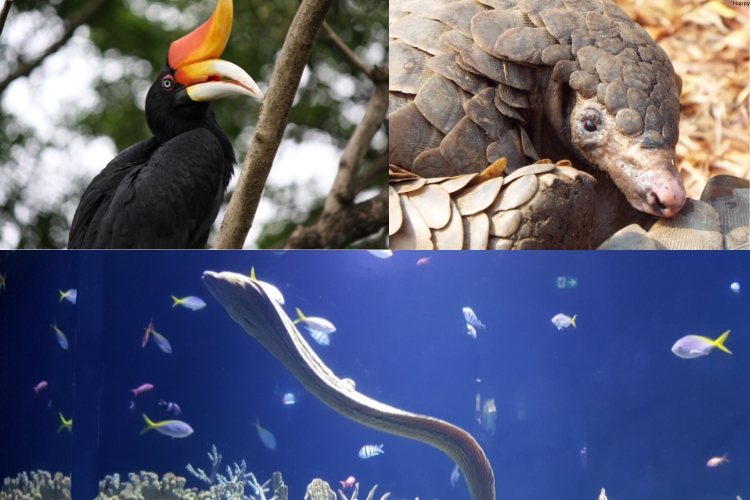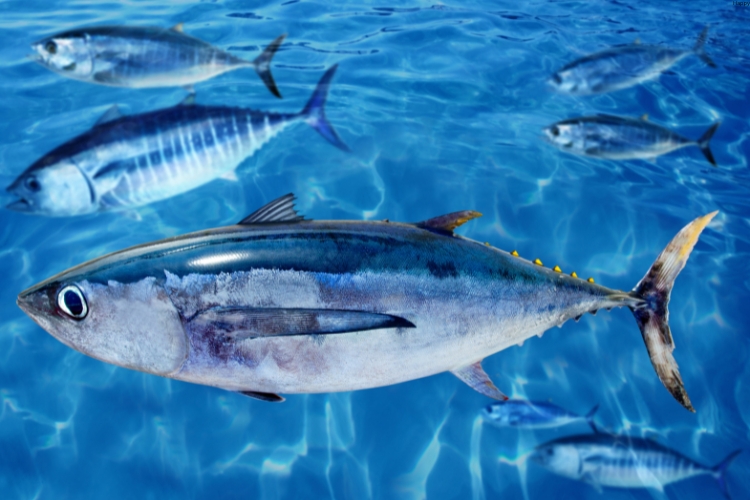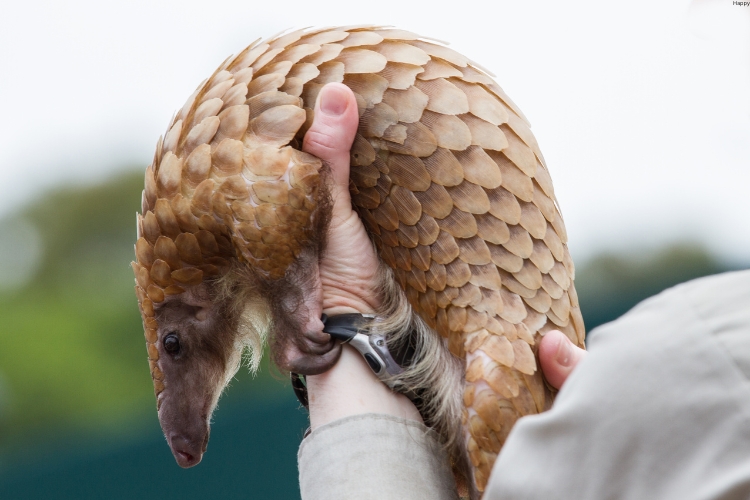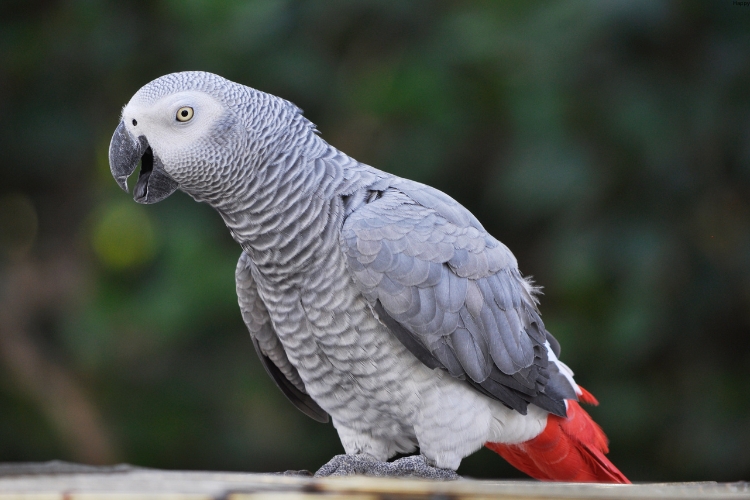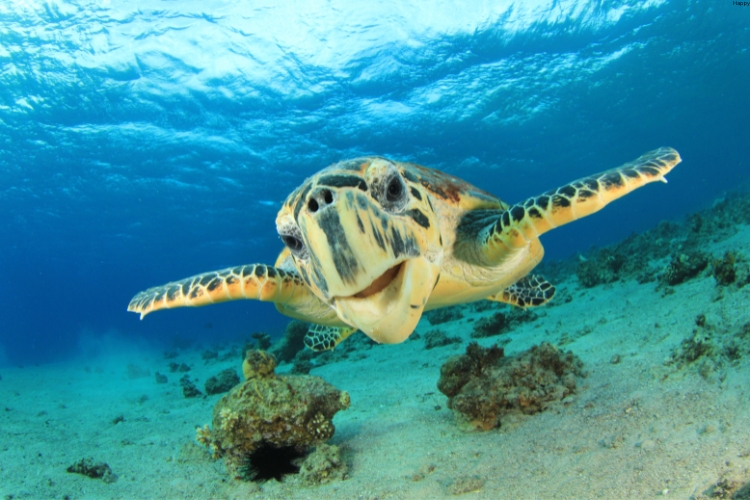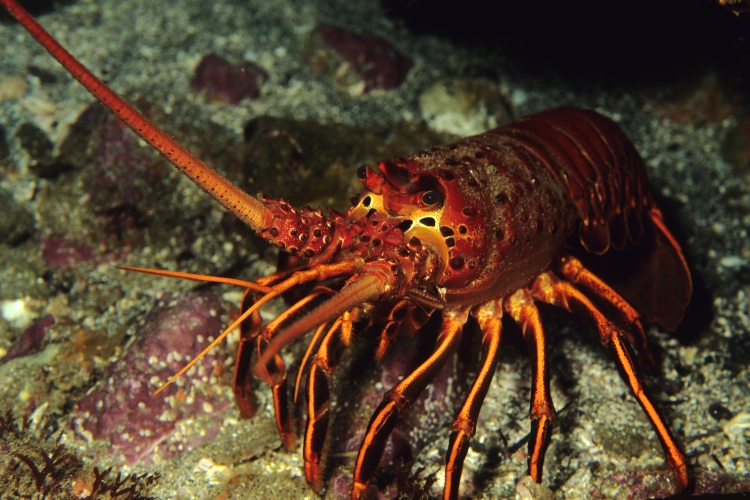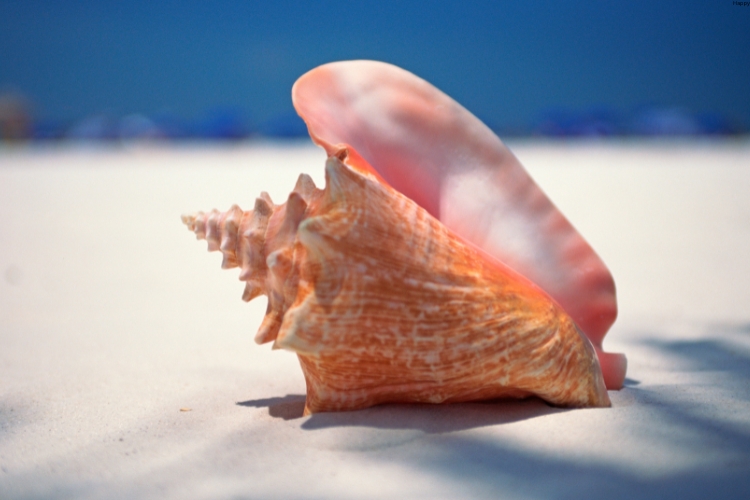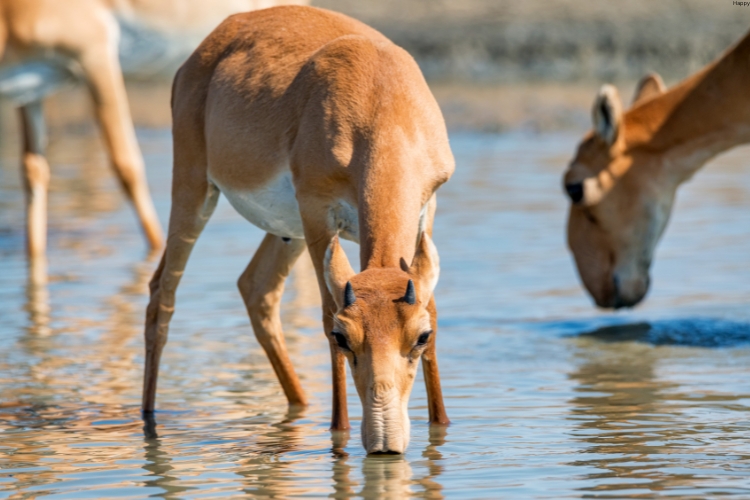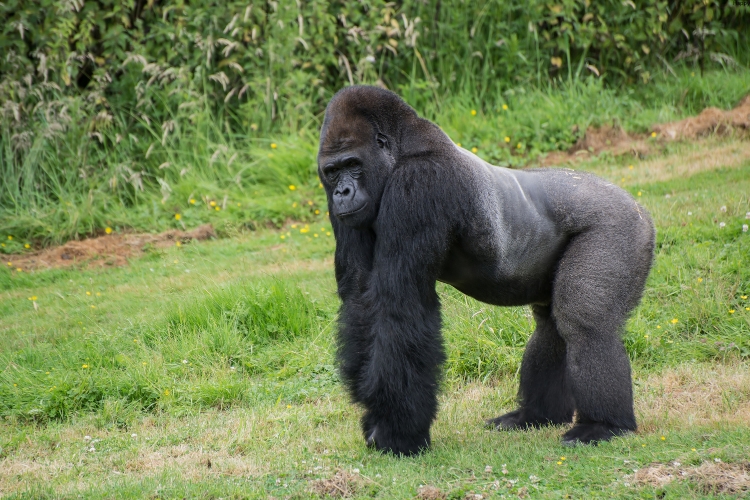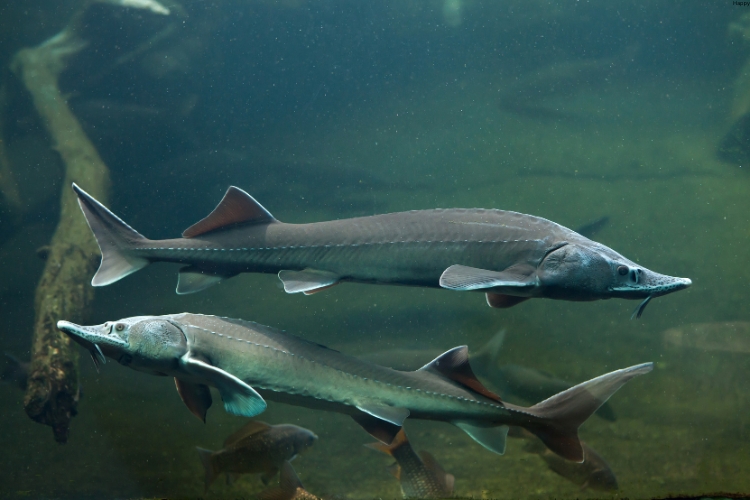In our ever-evolving world, the delicate balance of nature faces unprecedented challenges. One of the most pressing issues is the threat of extinction faced by numerous species due to human consumption.
In this blog post, we’ll know the critical topic of 25 species that are being eaten into extinction, exploring the causes, consequences, and potential solutions to this global crisis.
The Impact of Human Consumption on Biodiversity appetite has always influenced the natural world, but in recent decades, our consumption patterns have reached unsustainable levels.
Overfishing, bushmeat hunting, and the demand for exotic delicacies have pushed many species to the brink of extinction.
This not only threatens individual species but also disrupts entire ecosystems, leading to far-reaching consequences for biodiversity and human well-being.
25 Species at Risk of Extinction Due to Human Consumption
Marine Species
- Bluefin Tuna
- Prized for sushi and sashimi
- Population declined by over 97% in the Pacific Ocean
- European Eel
- Consumed as a delicacy in many cultures
- Listed as critically endangered by the IUCN
- Whale Shark
- Hunted for meat, fins, and oil
- Vulnerable to extinction due to slow reproduction rates
- Sturgeon
- Sought after for caviar
- Several species critically endangered
- Seahorses
- Used in traditional medicine and as aquarium pets
- Many species facing rapid population declines
Terrestrial Species
- Pangolin
- World’s most trafficked mammal
- All eight species threatened with extinction
- Chinese Giant Salamander
- Considered a delicacy and used in traditional medicine
- Critically endangered due to overharvesting
- Saiga Antelope
- Horns used in traditional Chinese medicine
- Population declined by 95% in 15 years
- Mountain Gorilla
- Hunted for bushmeat
- Only about 1,000 individuals left in the wild
- Bengal Tiger
- Poached for various body parts used in traditional medicine
- Fewer than 4,000 remain in the wild
Birds
- African Grey Parrot
- Popular in the pet trade
- Wild population declined by up to 99% in some areas
- Philippine Eagle
- Hunted for food and sport
- Fewer than 400 breeding pairs remain
- Helmeted Hornbill
- Hunted for its “red ivory” casque
- Critically endangered due to poaching
- California Condor
- Historical hunting and lead poisoning from ingesting contaminated carcasses
- Population reduced to just 22 individuals in 1982, now slowly recovering
- Kakapo
- Flightless parrot native to New Zealand
- Historically hunted for food and feathers
- Only 201 individuals remain
Reptiles and Amphibians
- Hawksbill Sea Turtle
- Hunted for their shells, used in jewelry and decorative items
- Critically endangered with a global population decline of over 80%
- Chinese Giant Salamander
- Considered a delicacy in China
- Critically endangered due to overconsumption and habitat loss
- Leatherback Sea Turtle
- Eggs harvested for food
- Population declined by more than 80% in the Pacific Ocean
- Alligator Snapping Turtle
- Hunted for their meat
- Listed as vulnerable with population declines across their range
- Komodo Dragon
- Hunted for their skin and as trophies
- Vulnerable to extinction with only about 6,000 individuals left in the wild
Other Species
- European Lobster
- Overfished due to high demand
- Populations have declined significantly in many areas
- Manta Ray
- Targeted for their gill plates, used in traditional Chinese medicine
- Both species of manta rays are listed as vulnerable to extinction
- Pirarucu
- One of the world’s largest freshwater fish
- Overfished for its meat and scales
- Listed as data deficient, but populations have declined in many areas
- Humphead Wrasse
- Prized in the live reef fish trade
- Listed as endangered due to overfishing
- Queen Conch
- Overharvested for its meat and shell
- Commercial extinction in many parts of its range
The Consequences of Species Extinction
The loss of these species has far-reaching consequences that extend beyond the immediate ecological impact. Here are some of the major effects:
- Ecosystem Disruption: Each species plays a unique role in its ecosystem. Their loss can trigger a cascade of effects throughout the food web.
- Biodiversity Loss: The extinction of a species represents an irreversible loss of unique genetic information.
- Economic Impact: Many local communities depend on these species for their livelihoods.
- Cultural Loss: Some species hold significant cultural or traditional value for certain communities.
- Potential Medical Breakthroughs: We may lose potential sources of new medicines or other beneficial compounds.
Conservation Efforts and Sustainable Alternatives
To address this crisis, various conservation efforts and sustainable alternatives are being implemented:
- Protected Areas: Establishing marine and terrestrial protected areas to safeguard critical habitats.
- Sustainable Fishing Practices: Implementing quotas, size limits, and seasonal restrictions to allow populations to recover.
- Alternative Livelihoods: Providing alternative income sources for communities that traditionally rely on endangered species.
- Public Awareness: Educating consumers about the impact of their choices and promoting sustainable alternatives.
- International Cooperation: Strengthening international agreements and enforcement to combat illegal wildlife trade.
Table: Conservation Status and Primary Threats
| Species | Conservation Status | Primary Threat |
|---|---|---|
| Bluefin Tuna | Endangered | Overfishing |
| Pangolin | Critically Endangered | Poaching for meat and scales |
| African Grey Parrot | Endangered | Pet trade |
| Hawksbill Sea Turtle | Critically Endangered | Hunting for shells |
| European Eel | Critically Endangered | Overfishing and habitat loss |
The Role of Consumers in Species Conservation
Consumers play a crucial role in the conservation of endangered species. Here are some ways individuals can make a difference:
- Make Informed Choices: Research the origin and sustainability of seafood and other animal products.
- Support Sustainable Alternatives: Choose products certified by reputable organizations like the Marine Stewardship Council.
- Reduce Consumption: Consider reducing overall consumption of animal products, especially those from vulnerable species.
- Spread Awareness: Share information about endangered species and sustainable practices with friends and family.
- Support Conservation Organizations: Donate to or volunteer with reputable conservation organizations working to protect endangered species.
The Future of Endangered Species
The future of these endangered species hangs in the balance. While the situation is dire for many, there is still hope. Success stories like the recovery of the California Condor demonstrate that concerted conservation efforts can make a difference.
However, time is of the essence, and immediate action is needed to prevent the irreversible loss of these unique and valuable species.
Conclusion
The extinction of species due to human consumption is a complex problem that requires a multifaceted approach.
By combining legal protections, sustainable practices, public education, and individual action, we can work towards a future where these magnificent creatures are no longer threatened by our appetites.
It’s not just about saving individual species; it’s about preserving the intricate web of life that supports all of us.
As consumers, we have the power to drive change through our choices. Let’s use that power wisely to ensure a diverse and thriving planet for future generations.
Call to Action
What steps will you take today to help protect endangered species? Whether it’s making more sustainable food choices, supporting conservation organizations, or spreading awareness, every action counts. Together, we can make a difference in the fight against species extinction.

